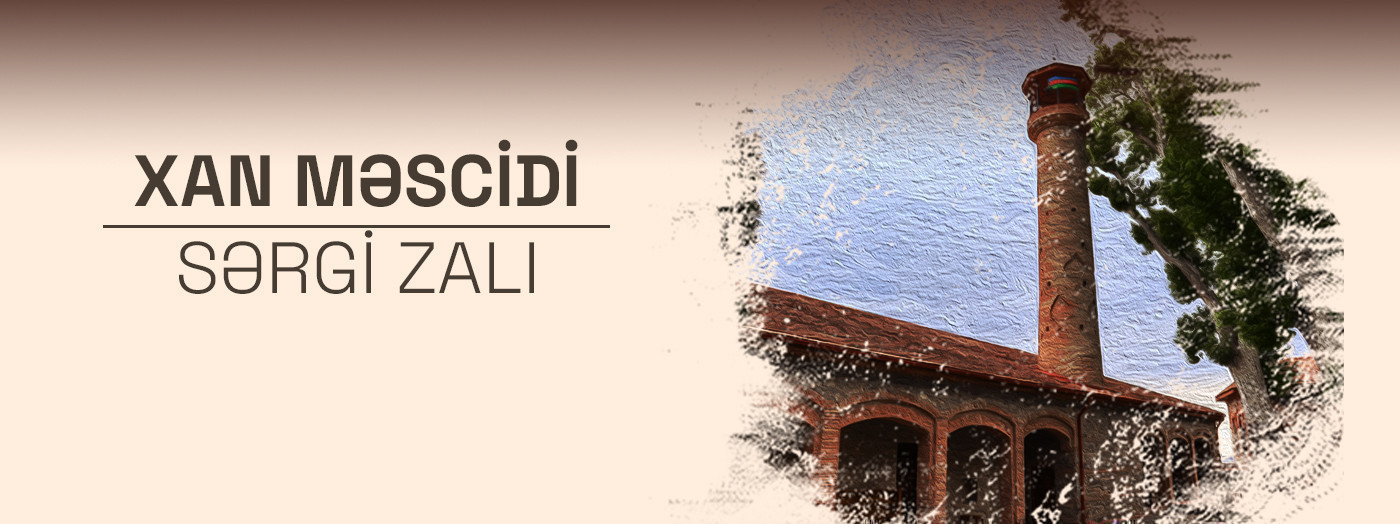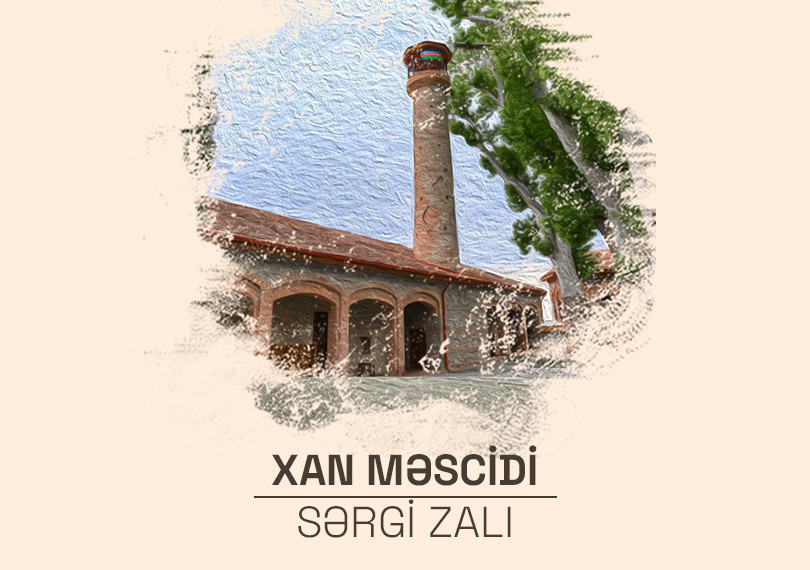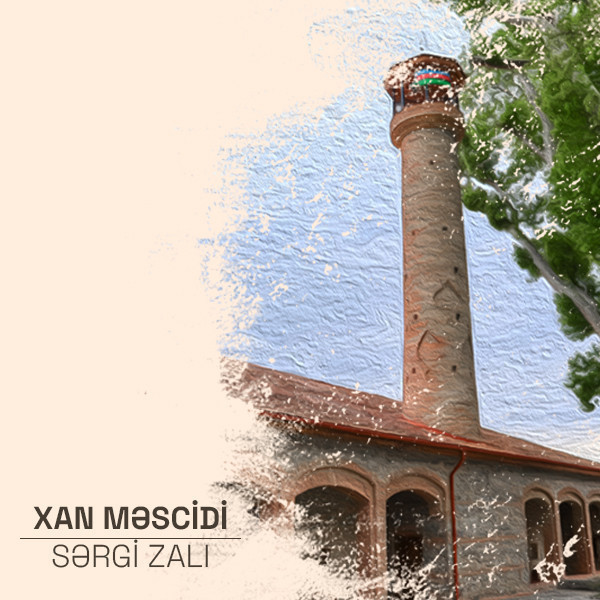
About event
This event is available as QR tickets or as physical tickets sold at city box offices. QR tickets will be activated on the day of the event. To use your QR tickets, you need to log into your personal account in the iTicket.AZ mobile application.
More about QR tickets: QR ticket
*The student ticket category applies only to students studying within the Republic of Azerbaijan.
The Khan Mosque, constructed in 1769/70 (1183 Hijri) by Sheki Khan Muhammad Huseyn Khan, holds historical significance. Throughout certain periods, the mosque also served as a madrasah. The dimensions of the mosque building are 46 meters in length, 10.80 meters in width, and 4.50 meters in height. The accompanying minaret stands tall at 18 meters.
Within the Khan Mosque, an exhibition hall occupies a two-story structure dating back to the 19th century. It encompasses three distinct exhibition halls. On the first floor, material culture from the 18th century is exhibited. Additionally, an electronic kiosk is available, offering information about the history of the Shaki Khanate in both Azerbaijani and English languages. In the second floor, exhibits include examples of carpet weaving and network art, as well as numismatic items and weapons from the 18th and 19th centuries.
One of the museum's main halls is the Khan's room, a dedicated space honoring Sheki Khan Muhammad Huseyn Khan. Inside, there are artefacts such as the oud musical instrument used during the literary gatherings organized by Muhammad Huseyn Khan Mushtaq. Other notable displays include a replica of the Khan's throne, the flag of the Sheki Khanate, and a chessboard adorned with mother-of-pearl, among other significant items.
- TICKETS PURCHASED FOR THIS EVENT ARE NOT REFUNDABLE OR EXCHANGEABLE.
Age restrictions / Language



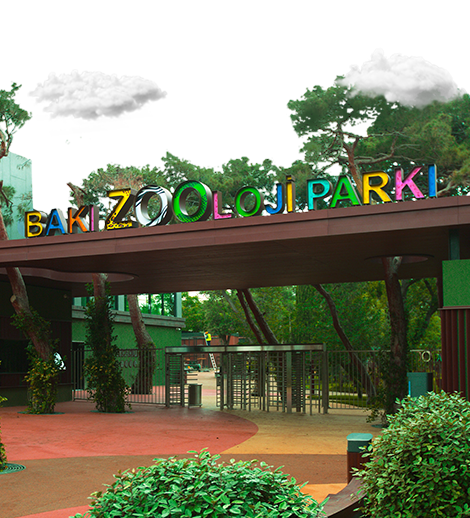 from 2 ₼
from 2 ₼
 from 2 ₼
from 2 ₼
 from 1 ₼
from 1 ₼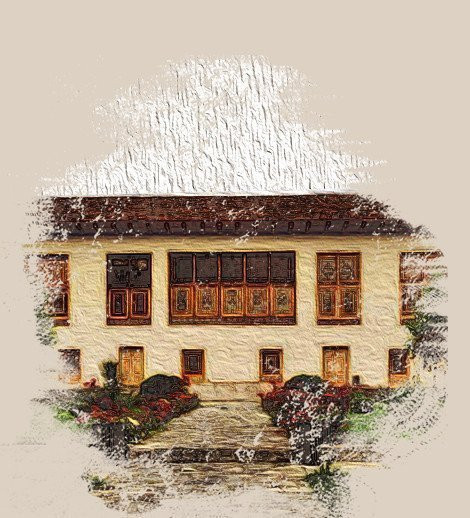
 from 1 ₼
from 1 ₼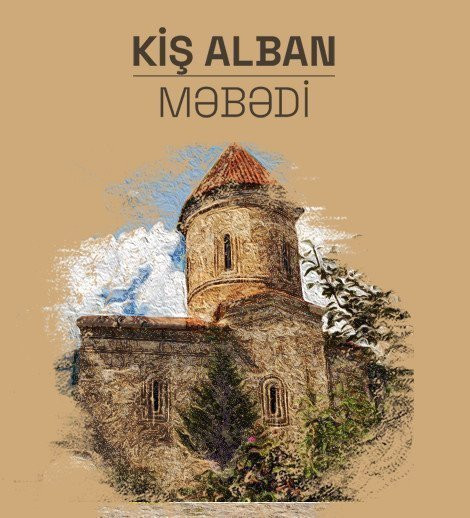
 from 1 ₼
from 1 ₼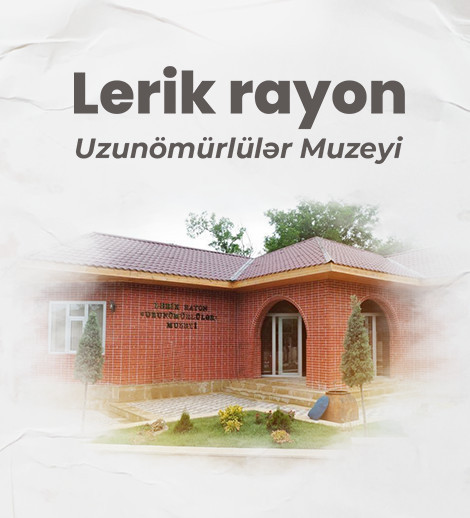
 from 2 ₼
from 2 ₼